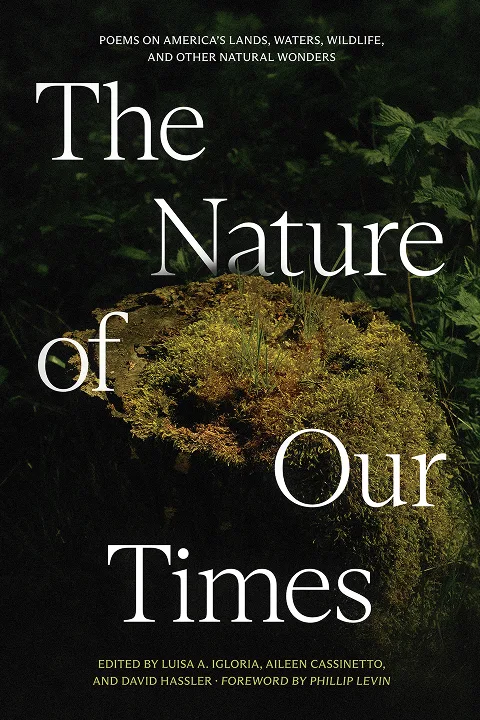A Transit Renaissance?
A Transit Renaissance?
In transportation, as in so many areas, the Obama administration is playing catch-up. But few other fields of policy offer such opportunities for innovation. Changing circumstances make attainable what once was visionary. And transportation’s unusual status in today’s polarized politics, as a field of legislation in which local interests trump partisanship, offers hope that Congress will be a partner in policy making rather than an obstacle to be overcome.
For decades, environmentalists and urbanists seeking aid for mass transit have had to push against a powerful highway lobby and a public infatuated with the romance of the open road. A wave of subway construction triggered by the Great Society largely petered out by the eighties. In the nineties, a light rail renaissance began in Portland, Sacramento, and other western cities, but federal funding was scarce as Clintonian centrists went along with a Republican infatuation with asphalt and then were succeeded by the privatizers of the Bush administration.
Beneath the policy stasis of the last sixteen years, deep-rooted changes in transportation preferences have altered the landscape. The American love affair with the automobile is over. The trend toward more and more driving slowed in the nineties, reversed with the spike in gasoline prices of 2006-2008, and has not resumed despite the fall in gas prices. When we do drive—and we still drive a lot—it’s a way to get where we want to go, not something we value for its own sake.
Transit ridership, meanwhile, is shooting up. In Washington, D.C., where the most successful of the Great Society transit projects has become the country’s second-busiest subway system, the trend goes back a dozen years. Rail ridership started to go up in 1998 and now is growing at breakneck speed. Average weekday ridership rose 42 percent in ten years, far outpacing population growth. Despite a worsening economy and falling gas prices, recent months have seen ridership continuing to increase. Similar trends are seen in other cities.
The trend toward transit is a qualitative change, not just a quantitative increase. The newer transit systems, built largely to bring suburban commuters downtown, are altering land use and living habits so that people no longer need to organize their lives around the automobile. Non-work use of these systems is rising much faster than commuting. Between 1999 and 2007, the number of people entering the Washington Metro during the morning rush hour—a good measure of travel to jobs—increased 33.5 percent. But ridership increased 47 percent on Saturdays and 57 percent on Sundays.
New transit-oriented neighborhoods—places that might seem ordinary in New York but are an innovation in sunbelt cities—are springing up around subway and light rail stations. These neighborhoods attract a younger generation that felt trapped growing up in the suburbs. Changing preferences are reflected in real estate ...
Subscribe now to read the full article
Online OnlyFor just $19.95 a year, get access to new issues and decades' worth of archives on our site.
|
Print + OnlineFor $35 a year, get new issues delivered to your door and access to our full online archives.
|






